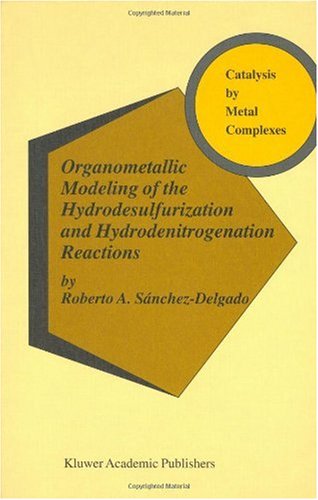

Most ebook files are in PDF format, so you can easily read them using various software such as Foxit Reader or directly on the Google Chrome browser.
Some ebook files are released by publishers in other formats such as .awz, .mobi, .epub, .fb2, etc. You may need to install specific software to read these formats on mobile/PC, such as Calibre.
Please read the tutorial at this link: https://ebookbell.com/faq
We offer FREE conversion to the popular formats you request; however, this may take some time. Therefore, right after payment, please email us, and we will try to provide the service as quickly as possible.
For some exceptional file formats or broken links (if any), please refrain from opening any disputes. Instead, email us first, and we will try to assist within a maximum of 6 hours.
EbookBell Team

0.0
0 reviewsThe fields of hydrodesulfurization (HDS) and hydrodenitrogenation (HDN) continue to attract the attention of researchers in the various disciplines connected to these fascinating problems that represent two of the key outstanding chemical challenges for the petroleum refining industry in view of their very strong environmental and commercial implications. One area that has flourished impressively over the last 15 years is the organometallic chemistry of thiophenes and other related sulfur-containing molecules. This has become a powerful method for modeling numerous surface species and reactions implicated in HDS schemes, and nowadays it represents an attractive complement to the standard procedures of surface chemistry and heterogeneous catalysis, for understanding the complex reaction mechanisms involved in this process. Similar developments have begun to appear in connection with HDN mechanisms, although in a much more modest scale and depth. Some years ago when, encouraged by Prof. B. R. James, this book was planned, several excellent reviews and monographs treating different aspects of HDS were already available including some on the subject of organometallic models. However, it seemed appropriate to try to summarize the most striking features of this chemistry in an updated and systematic way, and inasmuch as possible in connection with the common knowledge and beliefs of the mechanisms of heterogeneous HDS catalysis. Hopefully, this attempt to build some conceptual bridges between these two traditionally separated areas of chemistry has met with some success.